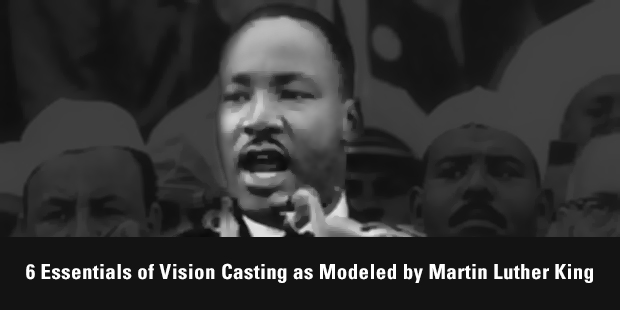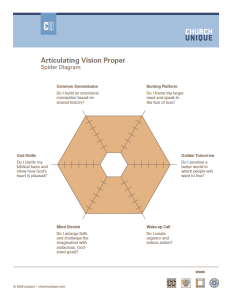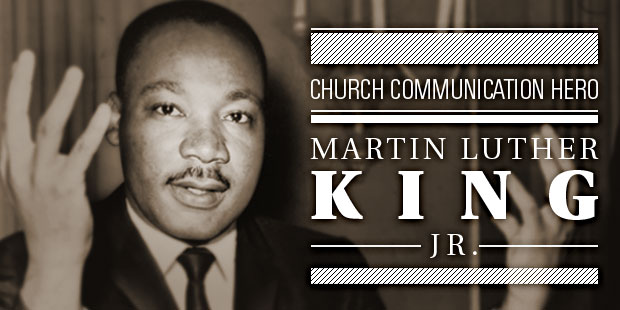
Generosity Killers Part One: Materialism
Many of us want to do more and be more. We want to make a difference in the world. We want our lives to count for something significant.
But our finances are wrecked, sometimes caused by our own doing and sometimes caused by things completely beyond our control. We need to clean up our financial mess, but we don’t want to do it just so we can be rich.
We’ve all seen people that seem to have everything, but in reality they have nothing. They are miserable.
Being “rich” isn’t the answer. Financial health is not even the final answer. What are the Generosity Killers in your life that need to be discovered, owned, and eliminated?
THE QUICK SUMMARY – Enough: Finding More by Living with Less by Will Davis, Jr.
The American way of life pushes people to constantly strive for more–more money, more stuff, and more clout. But how much is enough? And how do we know when we have too much of a good thing?
In this provocative, paradigm-shifting book, Will Davis Jr. challenges readers to discover the peace that comes through contentment with what we have and compassion for those in need. Through surprising statistics, scriptural insight, and real-life stories, Davis gently leads readers to consider living with less in order to do more for the kingdom. Thought-provoking discussion questions and short chapters make this a perfect study for small groups.
No one will come away from this powerful book unchanged.
A SIMPLE SOLUTION
You know the Joneses, don’t you? As in, “keeping up with the Joneses”?
You may not know a literal Jones family, but you have friends, family, neighbors, or coworkers around you – and you try to maintain their lifestyle. Their lifestyle pushes your lifestyle in a way that you try to imitate.
But in the end, you’re never happy or satisfied with more.
Their perceived contentment pushes your discontent.
Your pursuit of the latest and best will cause you to make bad financial decisions, and worse, reduce or eliminate your ability to live a generous life.
But there is a way out – you can have more by living with less.
The principle of having more by living with less means if you grasp and grab and hoard, then you’ll only have what you can hold, and eventually you’ll probably lose that. But if you release it, if you seek to honor others, if you serve others before you serve yourself, if you’re a funnel for what God pours into you, then you will have more blessing, favor, influence, joy, and opportunities than you can ever achieve on your own.
How do I know when I have enough? Can enough even be quantified? In Proverbs 30:7-9, Agur offers the first biblical definition of “enough.” What does Agur pray for? In a word, “enough.” In a phrase, “just enough to satisfy my needs.” And that begs the first million-dollar question: What do I need?
Let’s think about some of the advantages with living with enough. How can mere daily provisions really be better than surplus? Why shouldn’t we want a little more of what we have?
If you choose to pursue the elusive concept of enough, if you limit how you live and what you spend, what’s in it for you? Why should you and I embrace the radical lifestyle of living with less? Here are ten great reasons to live with enough:
You’ll have more time. The irony of having more is that when you finally get what you think you want, you still won’t be satisfied. And your “stuff” will cause you to spend more of what you can’t get back – time.
You’ll have more peace. Having more than enough often increases your stress and distracts you from pursuing God and loving the people he has placed in your life.
You’ll help your relationships. Living with enough will give you more time and emotional energy to invest in your loved ones and even in those friends, neighbors, and co-workers whom God might be calling you to serve.
You’ll be more content. When you declare you have enough, suddenly contentment will become much more second nature to you.
You’ll have less or no debt. If you stop spending money on stuff, you’ll have less debt and eventually will be debt free.
You’ll be prepared for tough times. If you’re living with enough, you’re much more likely to have the financial means to navigate difficult times.
You’ll be better equipped to respond to need. When you have enough, not only will you have what you need, but you’ll be in a position to help others as well.
Your life will be simpler. The more complex your lifestyle becomes – specifically, the more material and financial overhead you have – the less simplicity you’ll enjoy.
You’ll have better intimacy with God. Simplicity creates an environment in which your relationship with God can thrive.
You’ll have more joy. Joy can’t be bought, but it can be stuffed out. Joy thrives best in an environment of less, not more.
Will Davis, Jr., Enough: Finding More by Living with Less
A NEXT STEP
You can continue to push ahead, trying to achieve the elusive twins of security and satisfaction. Or, you can move toward enough. You can take your more than enough and give part of it away, helping someone with less than enough move toward enough. You can strive or you can depend. You can achieve or you can receive. You can hoard or you can share. You can hold onto what you have, settle for the best you can do, and bless no one in the process. Or, you can release what you have, bless countless others, and receive more than you could ever imagine.
Enough author Will Davis has these following reflection questions for you to consider in defeating the Generosity Killer of materialism:
Read Matthew 6:11 seven times. Each time you read it, emphasize and reflect on the significance of one word (GIVE us this day; Give US this day; Give us THIS day; etc.).
Read Philippians 4:11-12 and think about how much Paul’s statement does or does not reflect how you feel.
Considering where you are in your life right now (marriage and/or family, career, housing, retirement plans, etc.), how close are you to being able to declare that you have enough?
What is one action to take this week and move toward a life of enough?
Excerpt taken from SUMS Remix 91-1, released April 2018.
This is part of a weekly series posting excerpts from one of the most innovative content sources in the church world: SUMS Remix book excerpts for church leaders.
Each issue SUMS Remix takes a practical problem in the church and looks at it with three solutions; each solution is taken from a different book. Additionally, a practical action step is included with each solution.
As a church leader you get to scan relevant books based on practical tools and solutions to real ministry problems, not just by the cover of the book. Each post will have the edition number which shows the year and what number it is in the overall sequence. (SUMS Remix provides 26 issues per year, delivered every other week to your inbox).
> > Subscribe to SUMS Remix <<

Tags: Enough, Generosity Killers, Jr., Materialism, SUMS Remix, Will Davis



















